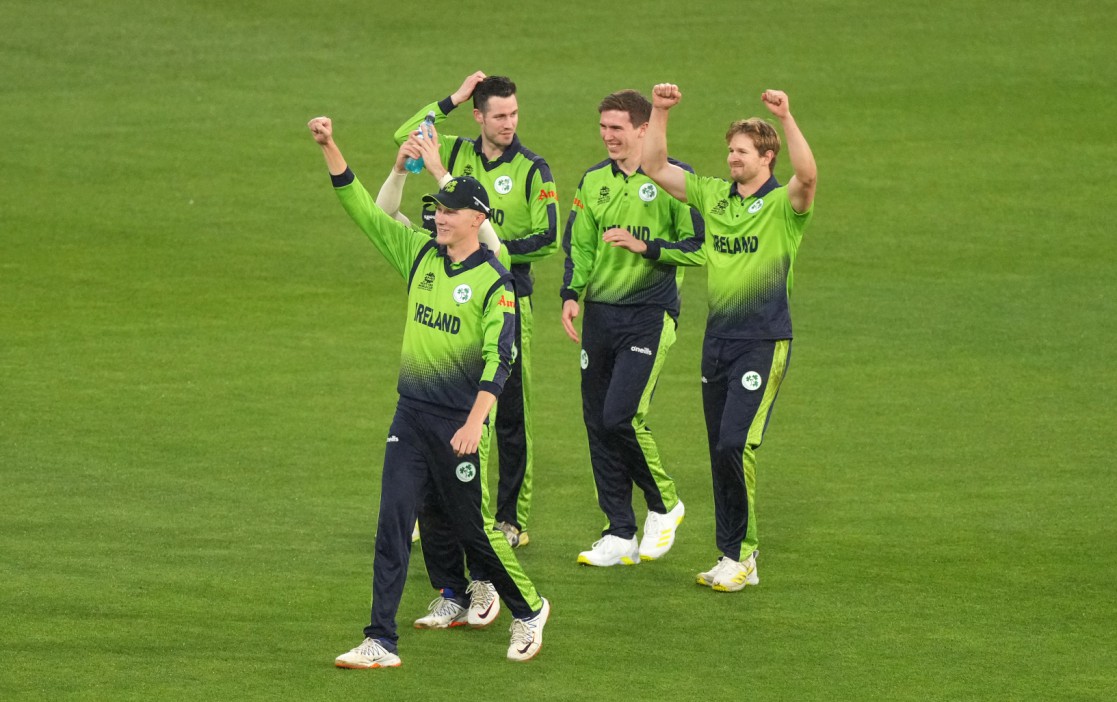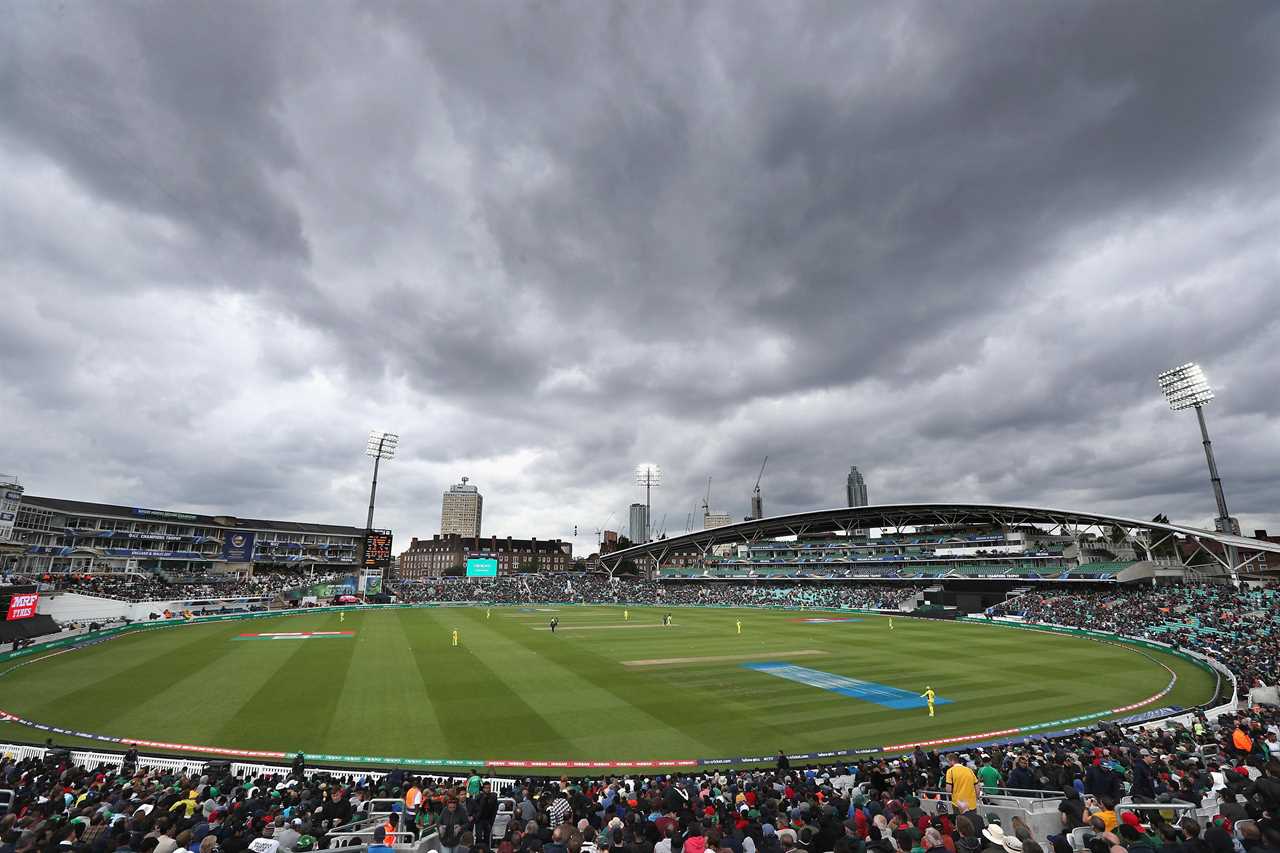RAIN and cricket don’t mix – so the Duckworth-Lewis-Stern method is here to help.
But the DLS method has gained a reputation for being notoriously complicated to get your head around and it often means one side benefitting such as Ireland did in their scintillating T20 match against England.

Ireland beat England due to the DLS system
Find out all the information on what it is below…
What is Duckworth-Lewis?
SIMPLY put, D/L is a mathematical formula, thought-up by Frank Duckworth and Tony Lewis, used to re-set targets in one-day cricket matches.
When rain or bad light affects the game and overs are lost, Duckworth-Lewis is used to adjust the team batting second’s target.
The system came into use in 1997, when the previous, much simpler – albeit hugely favourable for chasing teams – method was scrapped.
The old system simply adjusted the total for teams batting second based on run-rate alone – giving chasers an immediate advantage.
An updated version of the method was introduced for the Cricket World Cup in 2015.
Because the original algorithm was designed when cricket scoring wasn’t particularly high, a new one was needed – this is called the Duckworth-Lewis-Stern method after Australian Professor Steven Stern.
These changes recognised that teams need to start out with a higher scoring rate when chasing high targets rather than keep wickets in hand.
How is Duckworth-Lewis-Stern calculated?
IN the most simple of terms, the D/L/S system converts the number of overs left to bowl and the number of wickets lost by the batting side into a “resources remaining” figure.
As overs are completed or wickets fall – the “resources remaining” figure falls.
Taking wickets remaining into consideration is much fairer than the old method, as it’s obviously much easier to chase 100 runs with ten wickets left than just two or three.
Simply put, D/L/S attempts to retain the ‘status quo’ of the match.
While a side’s required run-rate may increase following a delay, as overs are lost, a batting side’s run-rate would naturally rise anyway, which Duckworth-Lewis attempts to recreate.
When does Duckworth-Lewis-Stern come into play?

D/L is a much fairer system than the previous run-rate-only method
D/L/S comes into play whenever a game is affected in such a way that overs are lost.
The most obvious occasion is when rain shaves a few overs off the match.
Other factors include when players go off the field of play for bad light.
A minimum of 20 overs must be bowled to both teams for Duckworth-Lewis to come into force, otherwise the match is marked as No Result.
In Twenty20 matches the minimum number of overs required for a result is five.
 Cricket NewsTips and TricksPrivacy PolicyTerms And Conditions
Cricket NewsTips and TricksPrivacy PolicyTerms And Conditions
